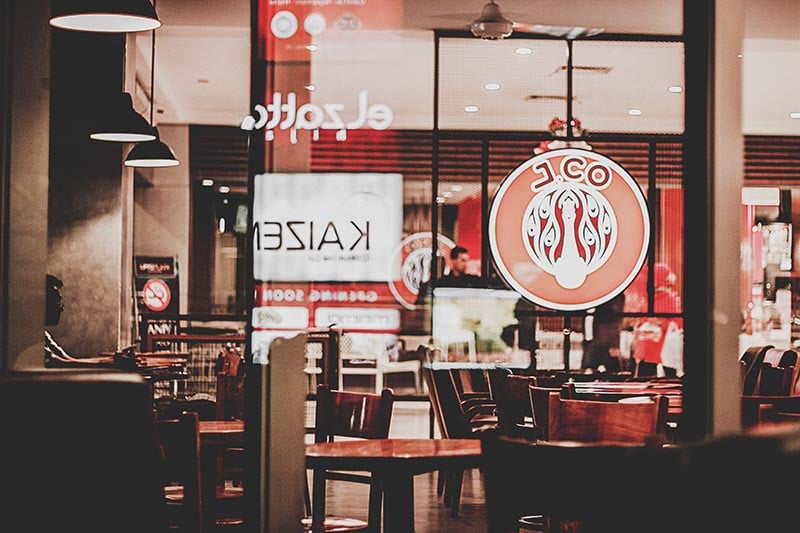How annoying, a table has been booked but the reservation time arrives and there is no sign of the diner, yet another no-show. The hospitality industry suffers terribly with this problem, and it is estimated to cost restaurants and pubs £16 billion a year.
We spoken to 6 hospitality influencers and asked them how restaurants can reduce no-shows? This is what they had to say...
Julian Davis Smith - Founder and CEO at Hungry Tech Ltd
Like many challenges in business, it’s weighing up the cost of trying to reduce no-shows versus the benefits. The costs may not be just monetary. Poor communications from restaurants can breach customer trust. Likewise, no-shows cause stress in management and in the kitchen so reducing stress amongst employees can be seen as a benefit.
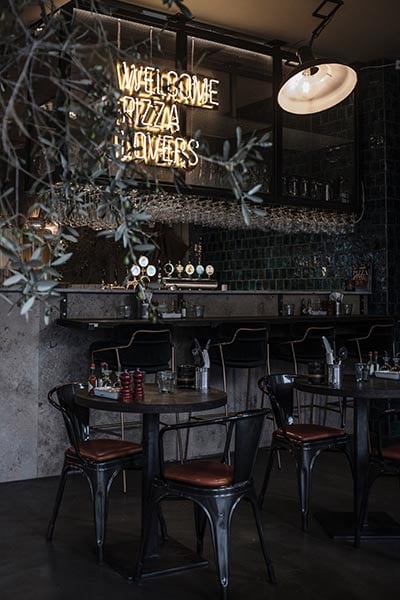 One approach is to gather the team and get them involved. Ask ‘how can we reduce no-shows?’ What are the costs for each approach, and what are the benefits?
One approach is to gather the team and get them involved. Ask ‘how can we reduce no-shows?’ What are the costs for each approach, and what are the benefits?
Where the benefits outweigh the costs, this could be the way to go. Test it live for a week or a month and measure feedback from customers and your team, and measure the results. This is lean and agile. Work out what works and what doesn’t. Then keep tweaking it until it really adds value to your restaurant and your customers.
One approach that some restaurants already employ is to call the customer before service and confirm they are coming as planned. The cost is perhaps 40 minutes of labour. The benefits may include reducing no-shows; building customer rapport; reducing food waste; generating a feel-good factor in the business; and increasing sales.
Most difficult situations occur when we don’t communicate effectively. If we take ownership here, pick up the phone, try this for a week, and measure what happens. If the costs outweigh the benefits, try another approach, lean and agile.
John Hanson - Hospitality Consultant at JSH Hospitality
No-shows are a huge issue in the hospitality world, not just for restaurants but for the hotel rooms divisions too! Potential lost revenues, labour costs due to scheduling, supplies and food waste factors etc.
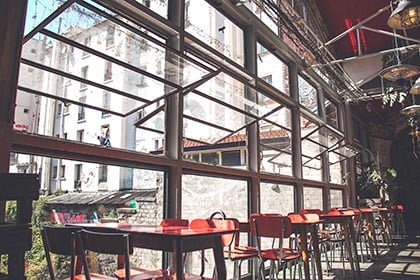 Hotels and restaurants thrive on weekly budgets and forecasts to make intelligent business decisions, this includes 'on-the-books' reservations. One of the practices that we put into place at multiple properties I worked with was taking emails and credit cards at the time of reservation and/or email the reservation details and the cancellation policies.
Hotels and restaurants thrive on weekly budgets and forecasts to make intelligent business decisions, this includes 'on-the-books' reservations. One of the practices that we put into place at multiple properties I worked with was taking emails and credit cards at the time of reservation and/or email the reservation details and the cancellation policies.
No-shows would be charged a set fee if a cancellation wasn't made within a set window of time prior to arrival. Another option we practised was utilising calendars that would automatically send 'welcome' reminders to the guest and advising them they could pre-order their dinner to save 10-20% off the in restaurant bill...this engaged the guest AND allowed us to pre-plan prep saving on waste costs.
We saw a drop in no-shows over a period of a month by simply engaging the guest to ensure they didn't overlook the booking or simply not showing up.
Intrigued? Check out our Ultimate Guide to Restaurant No-Shows
Eugenios Savva - Hospitality Consultant at Education to Growth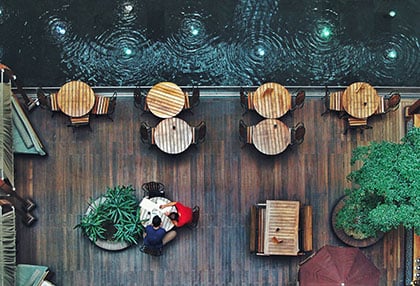 No-shows can be reduced by confirming the booking with the customers. This up until now was done through a phone call but with today's technology, it would have been nice to send them a reminder by e-mail or another social app if they are connected to your establishment.
No-shows can be reduced by confirming the booking with the customers. This up until now was done through a phone call but with today's technology, it would have been nice to send them a reminder by e-mail or another social app if they are connected to your establishment.
In very busy restaurants where a booking needs to be made well in advance, you may also ask for their credit card details and establish a policy where a no show is being charged a certain amount of money. Of course, the customers need to be well informed from the beginning and have their consensus in advance in doing so.
Clint Arries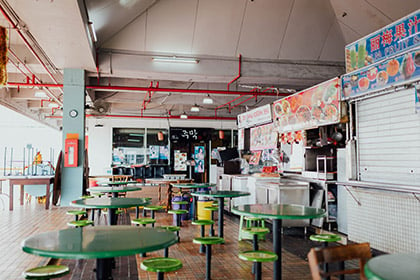 Well depending on the number I feel the sanction should differ. Let me explain... Over £10 a deposit should be taken to make sure they pitch and you have enough staff front and back of house, also with that you can still cover for the loss of revenue from turning others away because you reserved a table not pitching.
Well depending on the number I feel the sanction should differ. Let me explain... Over £10 a deposit should be taken to make sure they pitch and you have enough staff front and back of house, also with that you can still cover for the loss of revenue from turning others away because you reserved a table not pitching.
Follow up calls is also essential, it gives a personal touch at the same time gives you the opportunity to make necessary adjustments should they cancel in due time. Make notes of the culprits so that you can explain the process next time they have an issue with a protocol. In closing make every guest feel at home and welcome, sometimes that's the only reason they chose you.
M Gopalan Menon - CEO at Culinary Concept "No-shows" in restaurants are not applicable for all classes of restaurants. It is generally applicable for fine dining restaurants and restaurants that have very high traffic.
"No-shows" in restaurants are not applicable for all classes of restaurants. It is generally applicable for fine dining restaurants and restaurants that have very high traffic.
This also applies to restaurants that take booking online or via various booking platforms. This, in my personal opinion, is seasonally based on the tourist arrival.
Measures done to reduce no-shows is making the guest pay a non-refundable deposit. This is by far the most effective method which ensures guest will definitely turn up at the restaurant.
Another more lenient option is to inform the guests that if they did not turn up on time their table will be released for walk-in guests. Inform them of the specific time that the table will be held for them. The objective is to make the customer understand the demand for a table at your restaurant and ensure they respect your business practices.
Matt Bailey - Chef/Sommelier/Consultant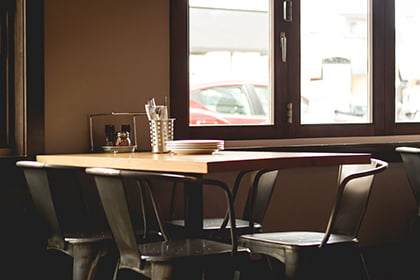 The best way I have found to reduce no-shows is by taking care of employees and testing them like people. All too often owners and managers tend to treat employees like tools for the business than individuals.
The best way I have found to reduce no-shows is by taking care of employees and testing them like people. All too often owners and managers tend to treat employees like tools for the business than individuals.
If you treat your employees well, listen to them and their needs, it creates loyalty. Loyal employees are more likely to take pride in their work and care. Those who no-show don't care.
.png?width=1571&height=766&name=CFD%20knife%20and%20fork%20logo%20(carbonfriendlydining.org).png)

